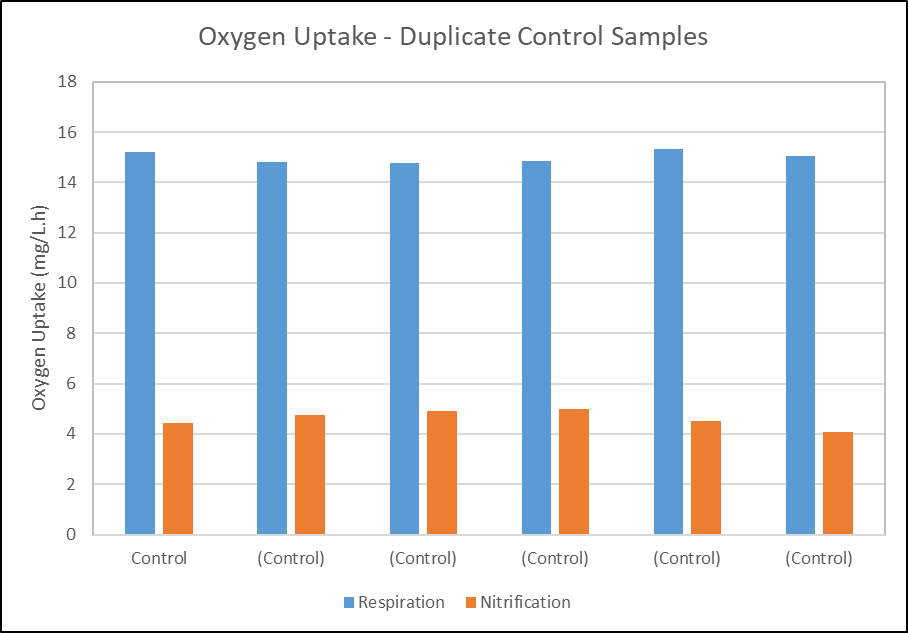Toxicity Testing FAQs
- What is the benefit of toxicity testing?
Our toxicity testing measures how much a trade waste or other wastewater directly impacts on biomass respiration. Unlike testing for specific chemical elements or compounds, the result determines the extent that a sample of wastewater inhibits biomass from a secondary WwTP, and whether it is therefore likely to adversely affect treatment performance.
- Which toxicity test is appropriate for me?
Refer to the decision-making tree below:
- At what strength do you test toxicity of the trade waste?
We undertake our screening test on samples diluted 10:1 (10% solution).
The standard dilutions for our detailed tests are solutions of 1%, 2%, 10%, 20% and 100%. If you require a different set of dilutions for analysis of your samples, please discuss this with us.
- What volume of the trade waste do you require for testing?
250 - 500mL
- What biomass do you use for the toxicity test?
We normally use biomass from a local activated sludge-based WwTP. However, if you believe the biomass from your WwTP may have become partially acclimatised to the trade waste sample(s) to be tested, we may be able to use biomass from your activated sludge or trickling filter-based WwTP. However, biomass used in toxicity testing must be fresh, and must have a good (but not too high) rate of oxygen uptake by both heterotrophic and nitrifying bacteria, so please contact us to discuss the practicalities of using biomass from your WwTP. It may be more expensive for us to carry out toxicity tests using biomass from your own WwTP.
- Our WwTP is Oxidation Pond (Waste Stabilisation Pond)-based. Is your toxicity testing applicable to us?
Maybe. In your Oxidation Ponds, you have a range of microorganisms present. These include algae, bacteria and higher life such as rotifers, nematode worms and Daphnia (water fleas). Our toxicity test would determine to what extent a trade waste may impact on total respiration and nitrification of a biomass from a different WwTP. Therefore, it would indicate whether the trade waste is likely to adversely affect total respiration and nitrification in your Oxidation Pond. However, it would not determine whether a trade waste is toxic to individual algal species such as Euglena. If your Oxidation Ponds are suffering from intermittent algal die-off, our toxicity testing may not provide the answer you are looking for, because algal die-off could be due to other factors such as predation or parasitism.
- How do you interpret the results of your toxicity tests?
If an initial screening test on a 10% trade waste solution suggests significant inhibition at this strength, we suggest undertaking a detailed toxicity test on this wastewater.
After a detailed toxicity test has been undertaken, factors such as the type of wastewater treatment processes at your WwTP, resource consent conditions, the volume of trade waste discharged, and the total raw wastewater flow should be taken into consideration when determining whether a trade waste is likely to adversely affect WwTP performance. We can discuss this with you when we deliver the results of the toxicity test.
- Are your toxicity tests accredited?
No. The tests are based on OECD Guidelines for the Testing of Chemicals 209: Activated Sludge, Respiration Inhibition Test (Carbon and Ammonium Oxidation), but are not accredited.
- How repeatable are your toxicity tests?
Very. As part of our procedure testing process, we ran six duplicate control samples simultaneously. The measured total oxygen uptake rates were within 5%, and the rates of oxygen uptake due to nitrification were within 15%. These oxygen uptake rates on duplicate control samples are shown graphically below.

- What is the cost of your toxicity testing?
Costs as follows, providing all samples are submitted and tested at the same time:
screening test on up to 5 wastewaters $1,500 + GST
detailed test on a single wastewater $950 + GST
